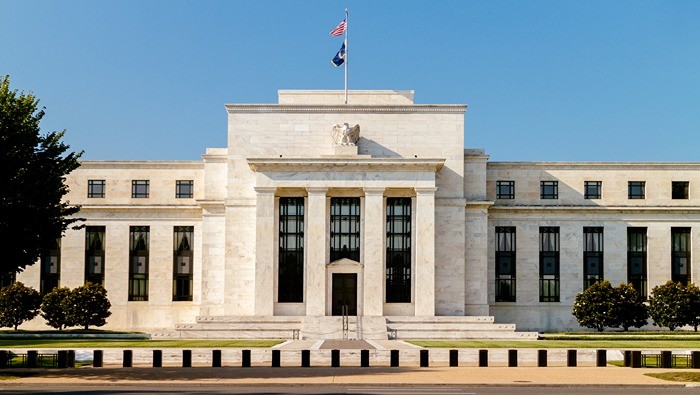Talking Points
- The Australian Dollar fell despite a return to strength for home loans in November
- Investment lending hit a 17-month high
- Still, banks have raised borrowing rates since then, and the numbers may simply be too historic
The Australian Dollar slipped in Tuesday’s early Asia/Pacific trade despite the release of data showing that home loans were in rude health as 2016 wound down.
Investment lending for home purchase rose 0.9% on the month in November, smashing the expected rate of 0.3% and banishing memories of October’s 0.8% fall. Still, while the numbers look pretty punchy, with investment lending at a 17-month high, there could be some headwinds for the market which have blown stronger since November.
For one thing, all of Australia’s big four major banks raised their mortgage rates in the last two months. National Australia Bank was the last, following its rivals which moved in December. The bank didn’t go into specifics as to why it was taking this action, but the move reportedly reflects banks’ concerns about market stability in the wake of economic deceleration in China, Australia’s key trading partner.
The Reserve Bank of Australia has also warned about a glut of inner city apartment supply, built in response to years of rising prices, with analysts at Morgan Stanley reportedly predicting an excess of 100,000 flats by 2018.
AUD/USD slipped in the wake of the numbers, to 0.74699 from 0.74802 just before them. It’s not clear that the data should have had this effect, although of course given all of the above perhaps they now just look too historic to the market.
Not impressed: AUD/USD

Chart compiled using TradingView
What’s in DailyFX analysts’ sights right now? Visit the webinar page to find out.
--- Written by David Cottle, DailyFX Research
Contact and follow David on Twitter: @DavidCottleFX






